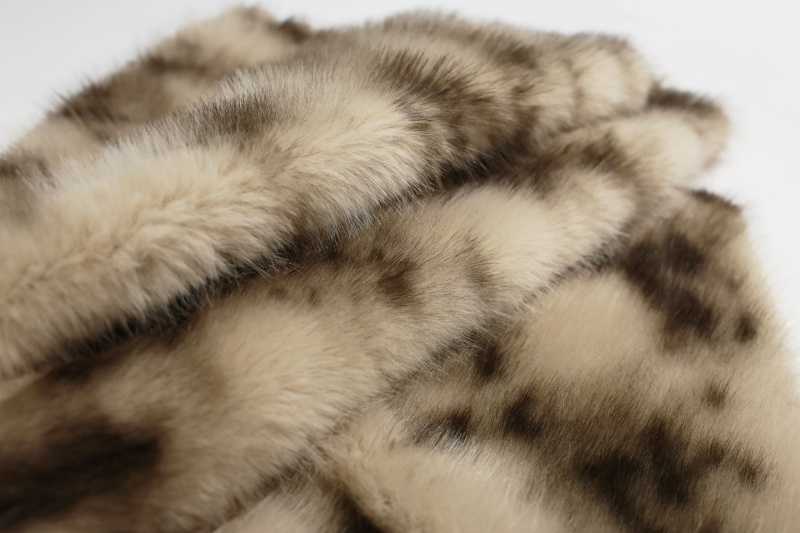











Whether for clothing or home decor items, faux fur fabric has become increasingly popular. It offers great value for money, feels comfortable, and has a soft, plush texture similar to real fur. It keeps you warm and cozy in winter, yet remains breathable for summer home decor. Best of all, it doesn't harm animals, making it both eco-friendly and hassle-free. Many opt for faux fur when customizing fabrics—whether for plush coats, sofa covers, or bespoke items. You can customize colors, thicknesses, and more. Compared to regular fabrics, faux fur is more durable, resisting shedding and deformation. Whether for personal use or product manufacturing, faux fur is a reliable choice. Numerous textile manufacturers also feature these as popular fabric options.
When producing apparel or custom garments, selecting high-quality faux fur fabric is essential. So how do you find superior faux fur fabric? First, select a reputable textile manufacturer. Second, clarify whether the manufacturer offers custom fabric services—such as adjusting faux fur pile length or color to meet your specific requirements—as not all factories possess this capability. Third, always request samples. This step allows you to inspect the density of the faux fur pile and assess its texture. This prevents receiving fabric that differs from your expectations. Also, inquire about after-sales service—for instance, whether the supplier offers returns or exchanges for quality issues. A reliable textile manufacturer not only provides high-quality faux fur fabric but also patiently collaborates with you on every detail.
I've noticed a trend lately—people seem to be falling for distinctive clothing, home decor, and all sorts of unique items. Our custom fabrics perfectly meet this demand. For instance, if you run a clothing store and want to create one-of-a-kind plush coats, you can collaborate with textile manufacturers to customize faux fur fabrics. Choose unique color combinations and patterns to ensure your garments stand out and sell well. Similarly, when renovating your home, if you want to create a special throw pillow cover, you can also use custom faux fur fabric. This allows your home decor to harmonize with your interior style, giving it a more sophisticated feel. Plus, during customization, you can adjust the thickness, color, and other aspects of the faux fur fabric based on its intended use.
First, clarify your purpose for using faux fur fabric. For apparel, choose soft, shed-resistant options; for home goods, opt for stain-resistant varieties. When selecting textile manufacturers, prioritize those with customization experience or capabilities—ideally those with prior faux fur fabric customization projects for added assurance. When discussing custom fabric orders, clearly specify color, dimensions, thickness, and other requirements. Request small samples for confirmation to avoid revisions later. Following these steps will ensure your needs are met—whether sourcing faux fur fabric, custom fabrics, or selecting textile manufacturers—while saving time and effort, ultimately delivering fabrics that meet your expectations.